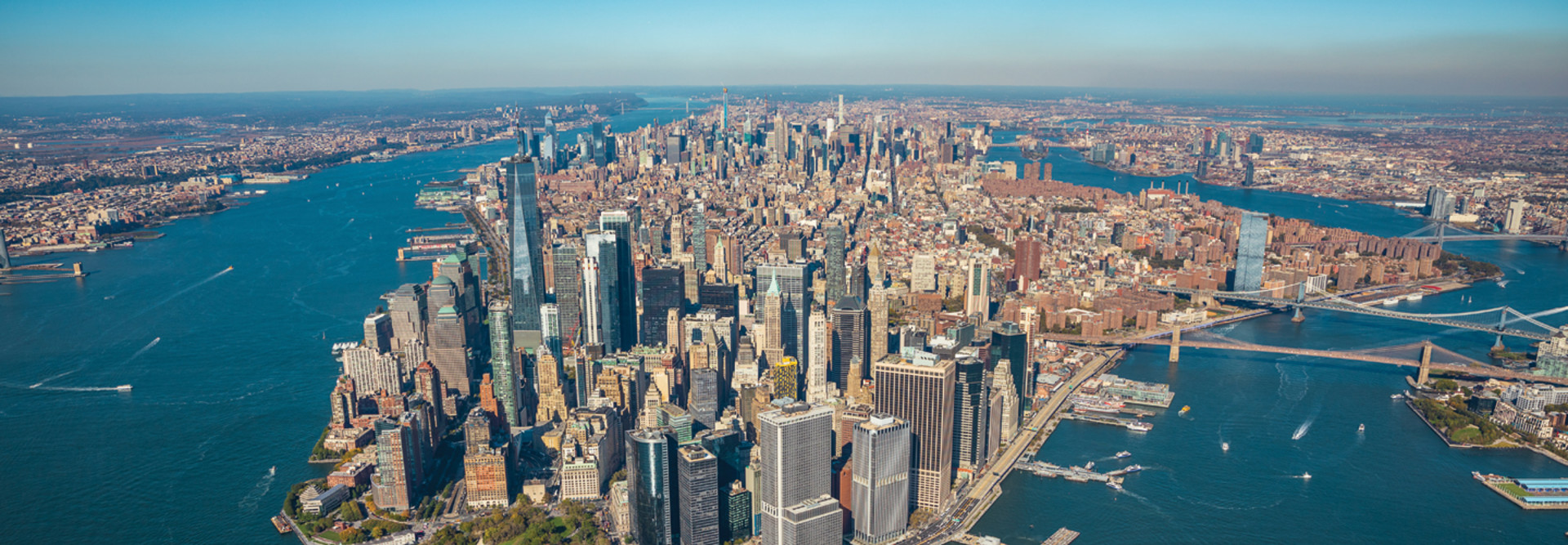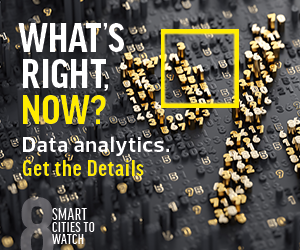Partnership Helped New York in the Depths of the Crisis
The city and USDR partnered quickly after USDR was formed early this year, Alexis Wichowski, deputy CTO for innovation within New York City’s Mayor’s Office of the Chief Technology Officer, tells Government Technology.
At that time, the city’s healthcare workers were in critical need of personal protective equipment. Dozens of different agencies were trying to buy PPE, while private companies were donating equipment. All of these efforts, as Government Technology reports, were tracked manually with emails and spreadsheets.
“In a crisis situation, it was the best we could do, but we very quickly realized we were not getting any insights,” Wichowski tells Government Technology.
Within a week, USDR volunteers helped the city develop a new dashboard to get insights into PPE inventory, remaining needs and other data.
USDR also helped the New York City Emergency Management Department track where people were staying in isolation hotels during periods of coronavirus quarantine. The department needed to keep track of when they were getting tested, as well as when they were getting checkups and care, Government Technology reports. The USDR volunteers helped the city create dashboards for those needs within days, which Wichowski calls “amazing.”
VIDEO: What can government IT pros learn from the rise in digital services?
New Innovation Projects Are in the Pipeline
In June, the CTO’s office and USDR decided to formalize their structure, and they launched a cohort of 12 fellows for an eight-week stint in August.
“It takes a special kind of government team to be creative and nimble enough to figure out and translate an interest in helping into a program that is truly effective at helping constituents,” Jessica Cole, who is part of the core team at USDR, tells Government Technology.
Now, the city is recruiting a new class of fellows to work on three new projects, according to USDR. One project addresses fostering critical business opportunities for minority- and women-owned businesses by creating a public-facing data directory for government agencies and outside entities looking for potential vendors and partners.
Another will involve making it easier to make payments to the city online, thus reducing the need for in-person transactions. A third project will involve creating a public-facing service-finder tool to help older New Yorkers explore, “find, and access providers and remote services designed to help reduce isolation and facilitate social connection.”
“What governments are finding right now is are that they can either use these moments of crisis to take one step in the right direction,” Cole tells Government Technology, “or they can use the surge of support to take a leap in a direction they’ve always wanted to go.”











